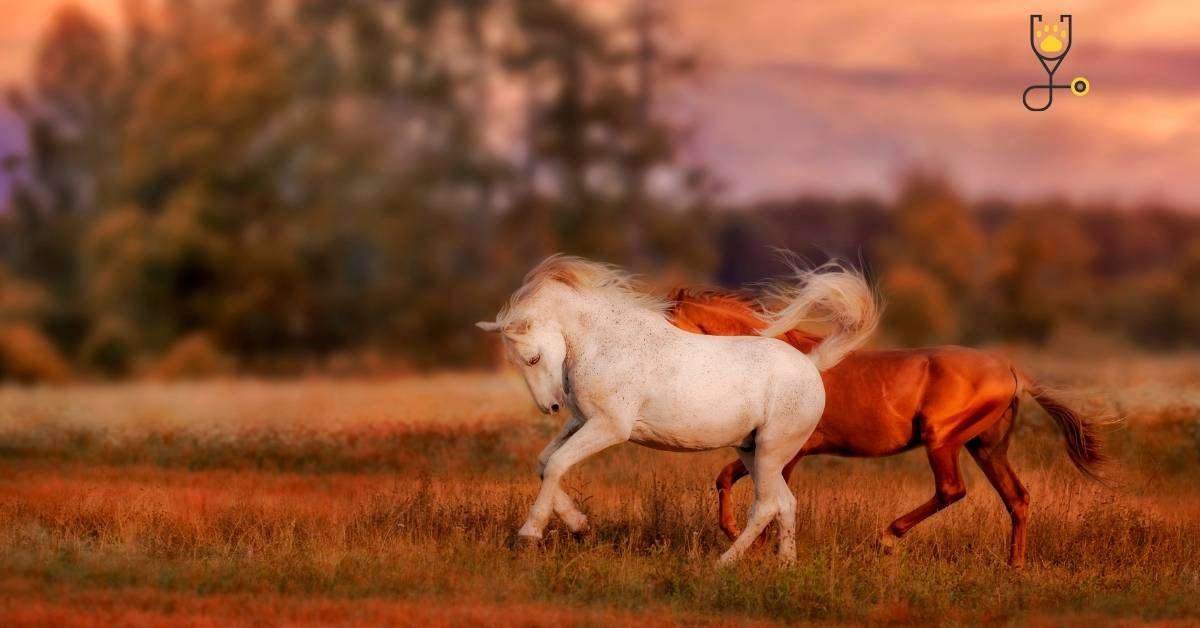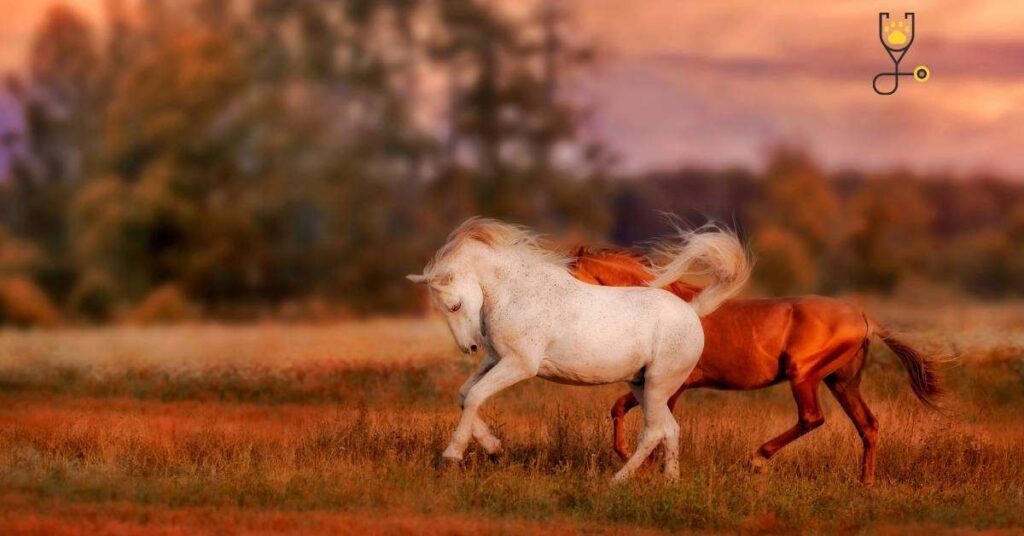Do you know which horse breed is the smallest in the world? Or, how about which breeds hail from each corner of the globe? No matter if you’re a horseracing enthusiast or just enjoy learning about these majestic animals, you’ll want to check out this list of 10 of the smallest horse breeds from all around the planet. Some are well-known, while others may be new to you – but all are worth getting to know! Read on to learn more about these pint-sized ponies.
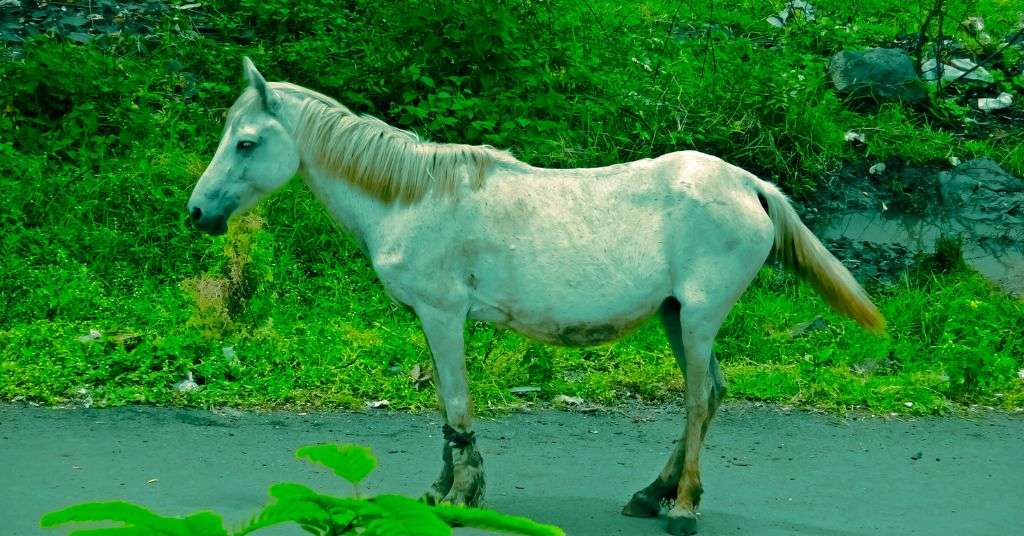
Breed Characteristics
While all horses are unique, there are some general trends that can be seen between different size categories. Smaller-stature horses, for example, tend to stay smaller their whole lives and mature quicker than larger horses. Additionally, the smaller breeds tend to be more stoic and intelligent than their larger counterparts. This intelligence can manifest in stubbornness and independence, though these traits vary from horse to horse. Ultimately, size is just one factor to consider when choosing a horse. By understanding the strengths and weaknesses of different size categories, you can find the horse that’s right for you.
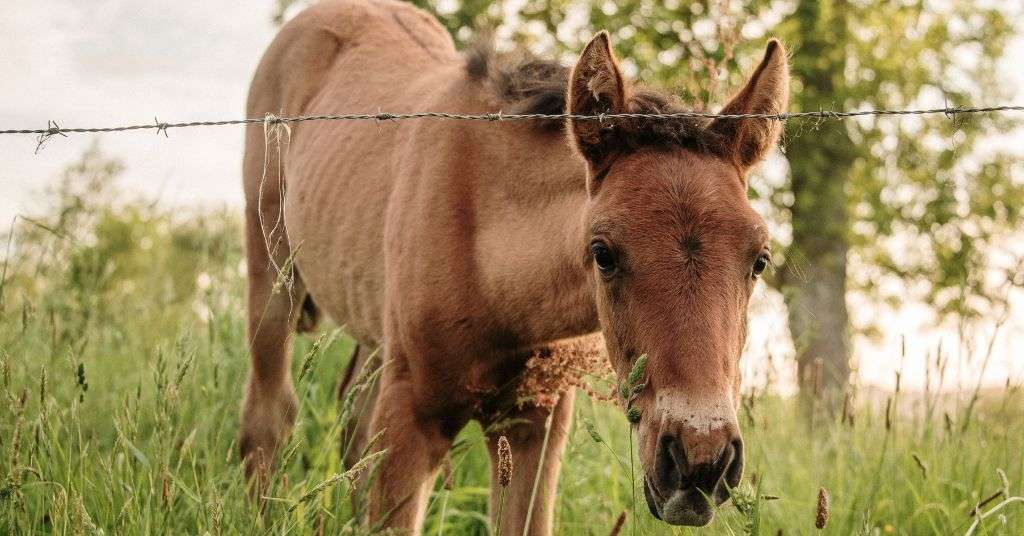
1). Falabella
The Falabella is an Argentine breed of horse. It is one of the smallest horse breeds in the world, and is also one of the oldest miniature horse breeds. The Falabella is thought to be a cross between the Criollo and Shetland pony, and was developed in the late 19th century by brothers Juan and Antonio Falabella.
The Falabella is a very versatile breed and is used for a variety of purposes including riding, driving, and even as a therapy animal. They are known for their gentle dispositions and intelligent minds and make great companions for both children and adults.
2). American Miniature Horse
The American Miniature Horse is a breed of miniature horse that was developed in the United States in the late 20th century. Miniature horses have been bred for centuries, but the American Miniature Horse is a relatively new breed.
The American Miniature Horse is the most popular type of miniature horse and is known for its friendly, people-oriented personality. Miniature horses are used for a variety of purposes, including riding, driving, and therapy work.

3). Shetland Pony
The Shetland pony is a breed of pony that originated in the Shetland Islands of Scotland. Shetland ponies are one of the oldest and most popular pony breeds in the world and have been exported to many countries over the years.
Shetland ponies are known for their hardy constitutions and sure-footedness and are used for a variety of purposes including riding, driving, and packing. They are also popular as children’s ponies, due to their small size and gentle dispositions.
4). Australian Miniature Pony
The Australian Miniature Pony is a breed of miniature pony that was developed in Australia in the late 20th century. The Australian Miniature Pony is a cross between the Shetland pony and the Welsh pony and was created to be a smaller, hardier alternative to the Shetland pony.
The Australian Miniature Pony is used for a variety of purposes, including riding, driving, and packing. They are also popular as children’s ponies, due to their small size and gentle dispositions.
5). Welsh Pony
The Welsh pony is a breed of pony that originated in Wales. Welsh ponies are one of the oldest and most popular pony breeds in the world and have been exported to many countries over the years.
Welsh ponies are known for their hardy constitutions and sure-footedness and are used for a variety of purposes including riding, driving, and packing. They are also popular as children’s ponies, due to their small size and gentle dispositions.
6). Dartmoor Pony
The Dartmoor pony is a breed of pony that originated in the Dartmoor region of England. Dartmoor ponies are hardy, sure-footed ponies that were originally used for work on the moors.
Dartmoor ponies are now mostly used for riding and driving and are also popular as children’s ponies. They are known for their calm dispositions and intelligent minds and make great companions for both children and adults.
7). Connemara Pony
The Connemara pony is a breed of pony that originated in the Connemara region of Ireland. Connemara ponies are hardy, sure-footed ponies that were originally used for work in the rugged countryside.
Connemara ponies are now mostly used for riding and driving and are also popular as children’s ponies. They are known for their calm dispositions and intelligent minds and make great companions for both children and adults.

8). New Forest Pony
The New Forest pony is a breed of pony that originated in the New Forest region of England. New Forest ponies are hardy, sure-footed ponies that were originally used for work in the forest.
New Forest ponies are now mostly used for riding and driving and are also popular as children’s ponies. They are known for their calm dispositions and intelligent minds and make great companions for both children and adults.
9). Highland Pony
The Highland pony is a breed of pony that originated in the Scottish Highlands. Highland ponies are hardy, sure-footed ponies that were originally used for work in the rugged countryside.
Highland ponies are now mostly used for riding and driving and are also popular as children’s ponies. They are known for their calm dispositions and intelligent minds and make great companions for both children and adults.
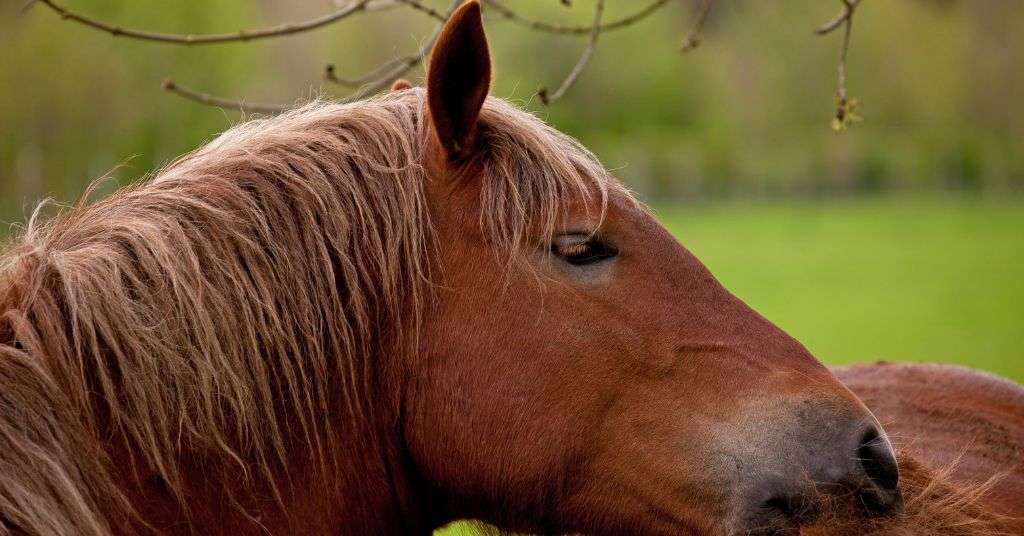
10). Fell Pony
The Fell pony is a breed of pony that originated in the Lake District of England. Fell ponies are hardy, sure-footed ponies that were originally used for work in the rugged countryside.
Fell ponies are now mostly used for riding and driving and are also popular as children’s ponies. They are known for their calm dispositions and intelligent minds and make great companions for both children and adults.
Breeds to Avoid
While all ponies can make great companions for children, there are some breeds that are not well-suited to life as a child’s pony. These breeds include the following: Shire Horse, Clydesdale, Percheron, and Suffolk Punch. These breeds are all large horses that were bred for work and not for riding or driving. They are not suitable because of their size and strength.
